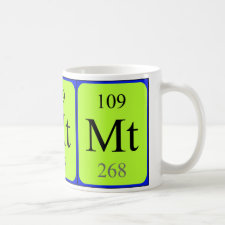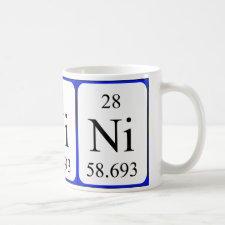
Authors: Rammika M, Darko G, Torto N
Article Title: Optimal synthesis of a Ni(II)-dimethylglyoxime ion-imprinted polymer for the enrichment of Ni(II) ions in water, soil and mine tailing samples.
Publication date: 2012
Journal: Water SA
Volume: 38
Issue: (2)
Page numbers: 261-268.
DOI: 10.4314/wsa.v38i2.12
Alternative URL: https://www.researchgate.net/publication/234079449_Optimal_synthesis_of_a_NiII-dimethylglyoxime_ion-imprinted_polymer_for_the_enrichment_of_NiII_ions_in_water_soil_and_mine_tailing_samples
Abstract: A Ni(II)-dimethylglyoxime ion-imprinted polymer {Ni(II)-DMG IIP} was optimised by the uniform design experimental method and used to adsorb Ni(II) ions from water, soil and mine tailing samples. This aimed to improve the performance of this ion-imprinted polymer in trapping Ni(II) ions from soil and mine tailing samples which are characterised by complex matrices. The optimisation was carried out by varying the molar ratios of monomer to crosslinker to porogen and template to ligands, as well as by keeping these parameters constant and varying the concentrations of initiator, 2,2'-azobisisobutyronitrile (AIBN). The optimal molar ratios of crosslinker to monomer, monomer to template and nickel(II) sulphate hexahydrate (NiSO 4.6H 2O) to 4-vinylpyridine to dimethylglyoxime were found to be 3.3:1.0, 0.6:1.0 and 1.0:0.6:3.6, respectively, with 30 mg and 8 mL as the optimum amounts of initiator and porogen, respectively. Through this optimisation, extraction efficiency for Ni(II) increased from 98 to 100% in aqueous samples. The extraction efficiencies for the soil and mine tailing samples were 98-99% and 99%, respectively, with an enrichment factor of 2 in mine tailing samples and ranging from 27 to 40 in soil samples. The method displayed good accuracy, as it was validated with certified reference materials (SEP-3 and BCR-142R) and the values obtained were close to the certified ones. The improved quality of results obtained from water, soil and mine tailing samples showed that the uniform design experimental method is effective and efficient for optimising imprinted polymers using a lower number of experiments performed
Template and target information: nickel ion, Ni(II)
Author keywords: Crosslinker:monomer ratio, Enrichment factors, Monomer:template ratio, Ni(II)-dimethylglyoxime ion-imprinted polymer, Optimised, Uniform design experimental method



Join the Society for Molecular Imprinting

New items RSS feed
Sign-up for e-mail updates:
Choose between receiving an occasional newsletter or more frequent e-mail alerts.
Click here to go to the sign-up page.
Is your name elemental or peptidic? Enter your name and find out by clicking either of the buttons below!
Other products you may like:
 MIPdatabase
MIPdatabase









